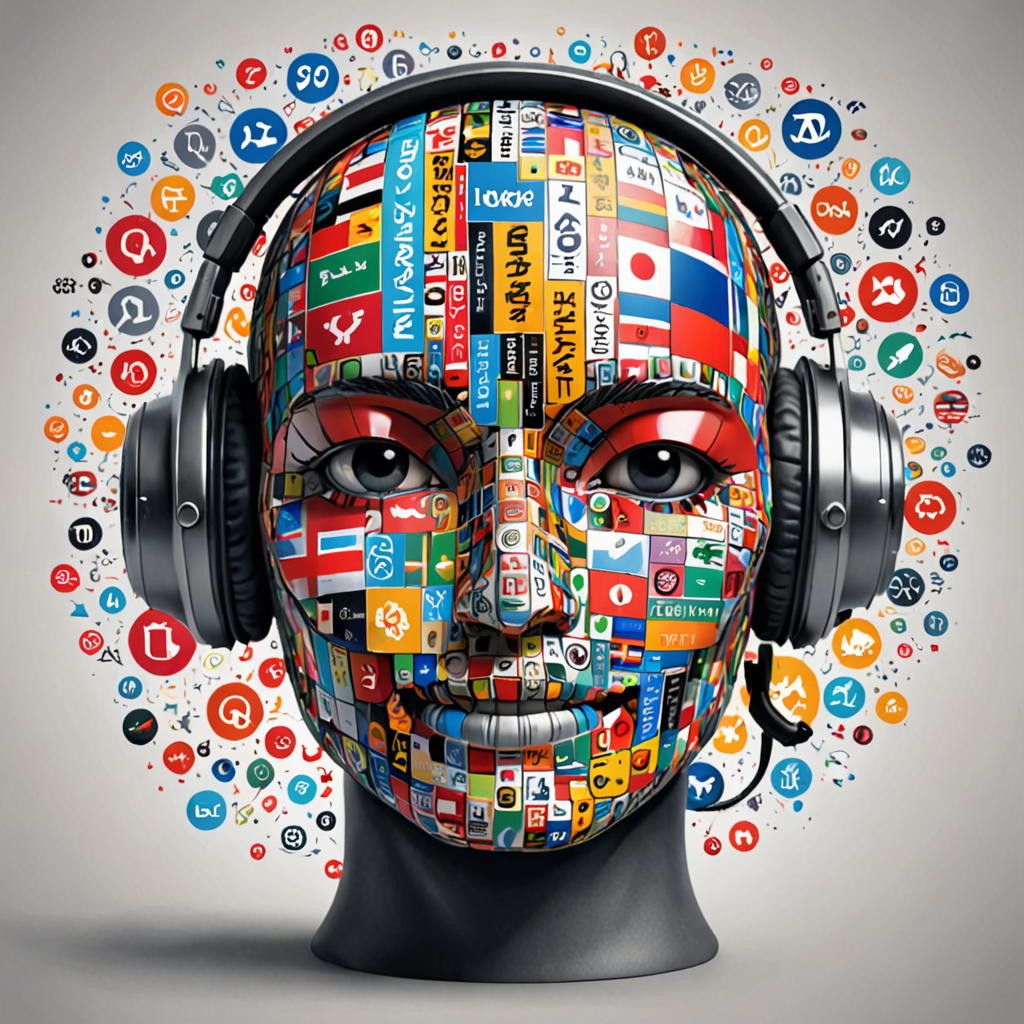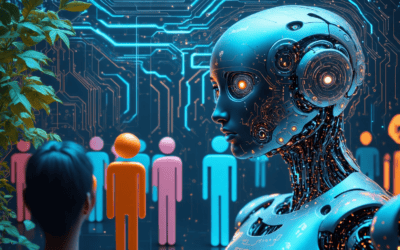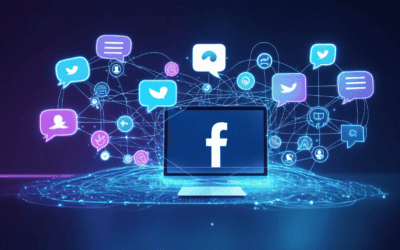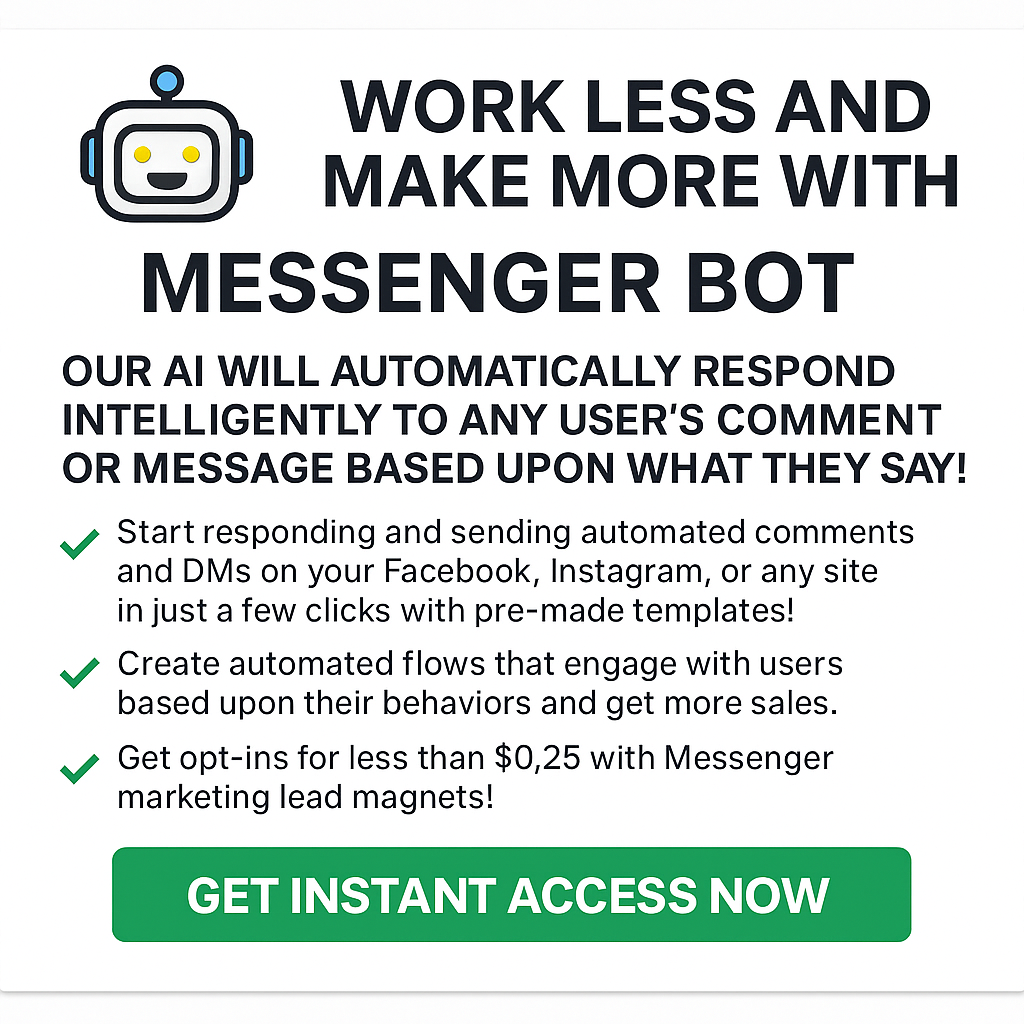In the tapestry of today’s global marketplace, language emerges as the pivotal thread weaving through the success of digital communication. With chatbots nestled at the forefront of this evolving landscape, the quest to foster a seamless, multilingual gateway has become paramount. The ability to shatter linguistic confines and captivate a broader audience beckons businesses to ask critical questions: How can one imbue these digital conversationalists with a spectrum of languages? Does the polyglottal prowess of a chatbot truly open doors to untapped markets? Can the cybernetic charm of an interactive, multilingual chatbot entice an audience that thirsts for a connection that resonates in their own tongue—even ones that playfully mix codes within a cultural mosaic? Dive with us into the realm of multilingual chatbots, where we unfold the secrets to transforming your digital emissaries into versatile linguists, poised to engage and enchant users across the linguistic divides.
How do I make my chatbot multilingual?
Imagine connecting effortlessly with users from diverse linguistic backgrounds. 🌐 The first step to breaking down language barriers is by making your chatbot multilingual. Here’s how:
- Implement language detection algorithms to identify user languages.
- Use a sophisticated AI platform capable of understanding multiple languages.
- Prepare your dialogues in various languages with the help of translation experts.
Expanding your chatbot’s capabilities to include multiple languages can seem daunting, but with tools like ours, it’s never been easier. A versatile chatbot can detect user language and adapt responses accordingly, ensuring interactions remain personal and contextually relevant. This not only elevates the user experience but also aligns perfectly with our dedication to intelligent, personalized communication.
How can a multilingual chatbot help to reach a vast audience?
Global reach, local touch. 🌍 A multilingual chatbot dispels the ‘one-size-fits-all’ approach, instead offering a tailored experience to each user. These particular chatbots can:
- Engage users across different languages and cultures.
- Help brands connect with a broader demographic on a personal level.
- Facilitate seamless communications without language constraints.
By communicating in the user’s native language, a multilingual chatbot provides comfort and familiarity, enhancing user engagement. This is crucial in building trust and expanding global outreach, allowing for more inclusive and user-friendly experiences regardless of lingual backgrounds. It’s an effective way to amplify your brand’s voice and ensure that every customer feels heard and valued.
Can chatbots handle multiple languages?
The power of language should never be underestimated. 🗣️ Chatbots today are not just capable of recognizing multiple languages but can converse seamlessly in them. It is accomplished by:
- Using Natural Language Processing (NLP) to understand user intent in various languages.
- Incorporating language-specific syntax and colloquialisms for natural conversation flow.
- Updating continuously to improve understanding and interaction in all supported languages.
Handling multiple languages is a testament to the chatbot’s sophistication and the underlying technology’s capability. Our platform’s robust AI-driven engine ensures that every conversation feels natural, accurate, and culturally relevant, providing exceptional service to a global audience.
How do I make my chatbot more interactive?
Let’s read between the lines. 📖 Interactivity is all about keeping users engaged. Achieve this by:
- Incorporating multimedia, like images and videos.
- Implementing quick-reply buttons for swift user responses.
- Inviting users to interactive sessions like quizzes and polls.
To really captivate your audience, your chatbot needs to be more than just a responder—it should be a conversational partner. By crafting interactive and dynamic dialogues, we can transform a basic chatbot into a virtual concierge, assisting, entertaining, and interacting with users in a way that not only answers their questions but also delights them.
How do multilingual chatbots work?
Communication is an art and technology is the brush. 🎨 Multilingual chatbots merge these worlds masterfully. They work by:
- Employing AI to comprehend and utilize various languages.
- Switching between languages dynamically based on user preference.
- Leveraging machine learning to improve accuracy over time.
With advancements in AI and machine learning, multilingual chatbots offer near-human levels of understanding and communicating in different languages. Decoding the nuances of language, context, and sentiment allows our platform to deliver empathetic and apt responses, fostering a smooth interaction every time users reach out.
Do multilingual users prefer chatbots that code-mix?
Cultural and linguistic richness can be beautifully blended in conversation. 🤝 Multilingual speakers often switch between languages within a single dialogue, a phenomenon known as code-mixing. Chatbots that code-mix:
- Resonate more with users by mimicking their linguistic habits.
- Break the ice and build rapport by using familiar phrases and slangs.
- Show respect for cultural diversity, which can potentially elevate user experience.
When chatbots harness the art of code-mixing, they reflect the fluid nature of human communication and connect on a more intimate level with multilingual users. While not vital for all businesses, incorporating code-mixing where appropriate can significantly increase engagement and show users that their cultural identity is acknowledged and appreciated.
In a world of endless possibilities and countless voices, it’s crucial to make sure yours is understood—no matter the language. At Messenger Bot, we bridge language divides, paving the way for truly global connectivity and understanding. Start your journey towards more engaging chatbot conversations. Try our platform for free and unlock the full potential of your business outreach with multilingual capabilities today.





